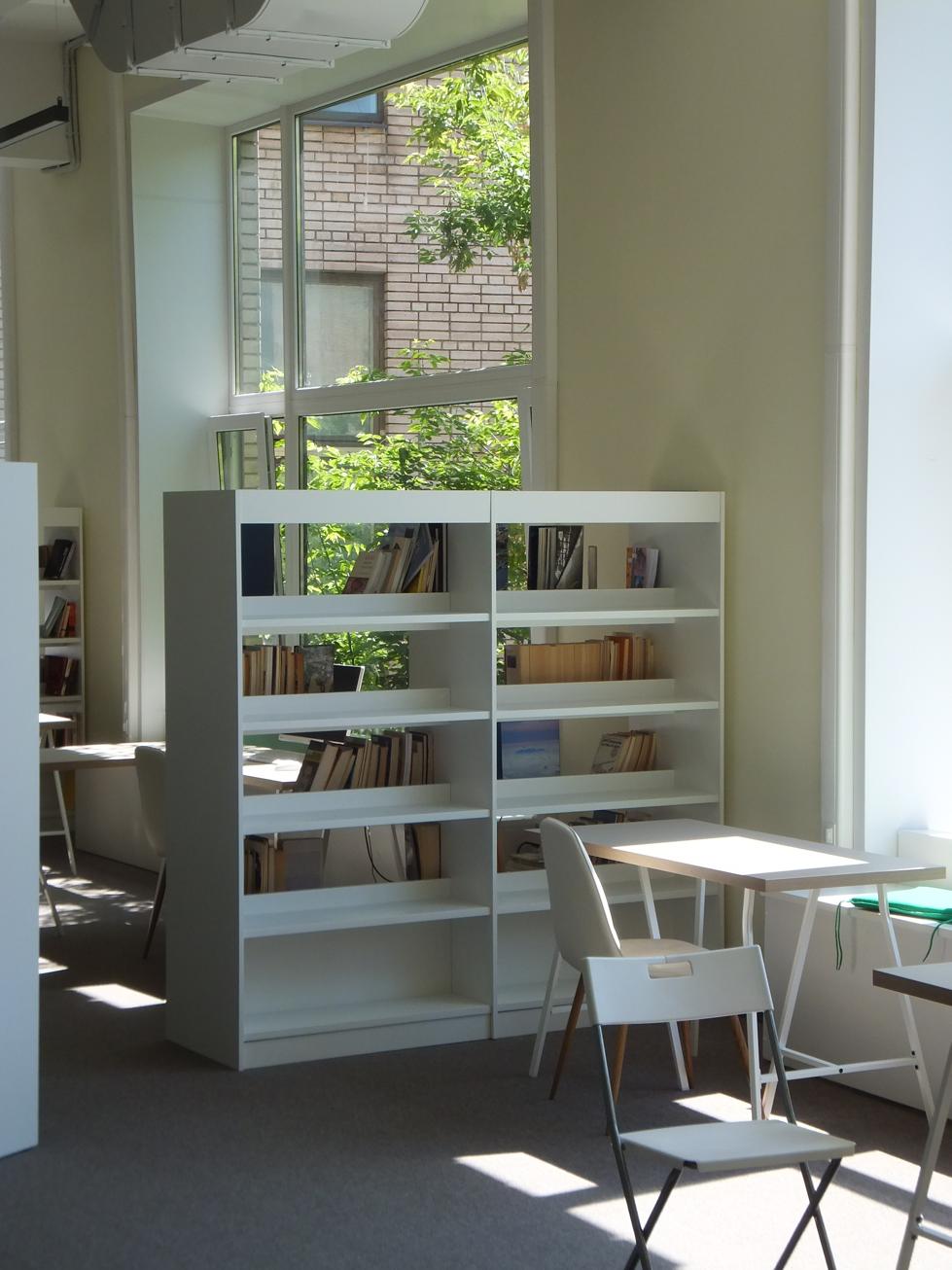Hinweis: einige Bildquellen wirken auf den Betrachter möglicherweise verstörend. Betrachten Sie bei Bedenken nur die Textversion (im Reader).
Bundestagspräsidentin Bärbel Bas rief in der Gedenkstunde für die Opfer des Nationalsozialismus im Deutschen Bundestag am 31. Januar 2024 auch den Vernichtungsfeldzug der Hitlerwehrmacht in Osteuropa ins Bewusstsein:
„[E]rinnern wir uns in diesem Jahr besonders an die Opfer der deutschen Besatzungs- und Vernichtungspolitik in Mittel- und Osteuropa [und] an all diejenigen, die als Kriegsgefangene und […] Zwangsarbeiter ausgebeutet und entrechtet wurden. […]“
Bärbel Bas (2024), Rede von Bundestagspräsidentin Bärbel Bas bei der Gedenkstunde für die Opfer des Nationalsozialismus; https://www.bundestag.de/parlament/praesidium/reden/2024/20240131-988016
Damit verbindet sich ein immanenter Lehrauftrag: „Wir brauchen mehr politische Bildung […] auch und gerade in Schulen.“ (Ebd.)
Einen geeigneten Aufsatz für den Einsatz im Geschichtsunterricht in Klasse 9 und 11 zu diesem Thema bietet der Beitrag von Bert Hoppe in der aktuellen Ausgabe der APuZ (6-8/2024).
Hoppe, Bert (2024), Schatten der Weltkriege. Die Deutschen und die Krim. Aus Politik und Zeitgeschichte (APuZ), 74(6-8/2024), 33-39.
Hoppe konstatiert dabei eine entlarvende „Unkenntnis“ weiter Teile der deutschen Bevölkerung gegenüber Osteuropa, verknüpft mit Selbstmitleid. Anekdoten, wie die von Joseph Beuys über einen Flugzeugabsturz als deutscher Landser 1944 auf der Krim, reihen „sich ein in die zahllosen Erzählungen deutscher Kriegsteilnehmer, in denen das eigene Leid überhöht, das der Menschen in den überfallenen Ländern hingegen ausgeblendet wird“ (Hoppe, 2024, S. 34).
Im Fall der Krim datieren deutsche Besatzungspolitik und -Weltmachtphantasien bereits auf das Ende des Ersten Weltkrieges. Die Kriegsbegeisterung von 1914 ist spätestens mit dem Kohlrübenwinter 1916 dahin, der innenpolitische Burgfrieden brüchig. Während im Westen trotz Giftgaseinsatz keine mehr Erfolge zu verbuchen sind, bricht die Reichswehrsführung im Osten ihren Diktatfrieden von Brest-Litowsk mit der jungen bolschewistischen Regierung und besetzt im April 1918 die Krim. General Ludendorff sieht die Krim dabei „als Ausgangspunkt für die Ausübung deutscher Herrschaft bis in den Kaukasus hinein“ (Hoppe, 2024, 36). Die Novemberrevolution in Deutschland vertreibt den Kaiser jedoch aus dem Neuen Palais und die deutschen Truppen ziehen von der Krim und aus der Ukraine ab.
Im Unterschied zu Ludendorff „spielten für die Nationalsozialisten spezifisch völkische Motive eine Rolle“ für ihre „Lebensraumpolitik“ auf der Krim.
„Hitler äußerte im kleinen Kreis am 16. Juli 1941, [die Krim] müsse ‚von allen Fremden geräumt und deutsch besiedelt werden‘“
(Hoppe, 2024, S. 37).
Bildquelle 2 aus dem Bundesarchiv Koblenz (F016222-0043A) verdeutlicht, was das für die Bürger der Sowjetunion auch auf der Krim bedeutete. Die Quelle findet sich auch im Dokumentationszentrum „Topografie des Terrors“ in Berlin.

Bis Ende 1941 ermordeten Reichswehr und Einsatzgruppen auf der Krim 60.000 Juden.
Hoppe, 2024.
Um mit Bärbel Bas zu schließen, „‚Nie wieder!‘ – […] bleibt eine Aufgabe für unsere gesamte Gesellschaft“ – das gilt gerade auch für Judenhass und die Verbrechen Hitlerdeutschlands in der ehemaligen Sowjetunion.
Abb. 1 (oben): Quelle: Hoppe, 2024, S. 33.




